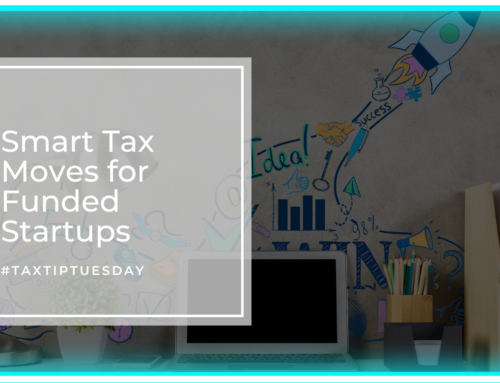Hey everyone, I’m Bette Hochberger, CPA, CGMA. With the impending deadline for Form 1065 (Partnership) and Form 1120S (S Corporation) returns on March 15th, many businesses may find themselves in need of additional time to prepare and file their taxes accurately.
Fortunately, the IRS offers a solution: filing for a tax extension. In today’s Tax Tip Tuesday, I’ll walk you through the process of filing for a business tax extension at the federal level, providing you with the necessary steps to ensure compliance and peace of mind.
Understanding Business Tax Extensions
A tax extension grants businesses extra time to file their tax returns without incurring penalties for late filing. While an extension provides more time to gather necessary documents and information, it’s essential to note that it doesn’t extend the deadline for paying any taxes owed. Businesses must estimate and pay any taxes due by the original filing deadline to avoid interest and penalties.
Step-by-Step Guide to Filing for a Business Tax Extension
Determine Your Eligibility
Make sure your business is eligible for an extension. Generally, partnerships filing Form 1065 and S corporations filing Form 1120S qualify for an automatic six-month extension.
File Form 7004:
To request a tax extension, businesses must file Form 7004, Application for Automatic Extension of Time to File Certain Business Income Tax, Information, and Other Returns. This form must be submitted electronically or by mail and should be filed before the original due date of the tax return.
Provide Necessary Information:
When completing Form 7004, you’ll need to provide basic information about your business, including its name, address, employer identification number (EIN), tax year, and estimated tax liability.
Estimate Tax Liability:
Form 7004 requires businesses to estimate their total tax liability for the year. While this estimation doesn’t need to be exact, it should be as accurate as possible to avoid underpayment penalties.
Submit Form 7004:
Once you’ve filled out Form 7004, submit it to the IRS either electronically or by mail. If filing electronically, you’ll receive a confirmation upon successful submission. If filing by mail, ensure you send it to the appropriate IRS address listed in the form instructions.
Important Considerations
– Payment of Taxes Owed: Remember that filing for an extension doesn’t extend the deadline for paying any taxes owed. Businesses must estimate and pay their tax liability by the original due date to avoid penalties and interest.
– Maintain Documentation: Keep a copy of Form 7004 and any supporting documentation for your records. This includes proof of submission if filing electronically or a certified mail receipt if filing by mail.
Benefits of Filing for a Business Tax Extension
– Provides additional time to gather necessary documentation and ensure accuracy in tax filing.
– Helps businesses avoid late filing penalties imposed by the IRS.
– Reduces the stress associated with meeting tight deadlines, allowing for a more thorough and comprehensive tax return preparation process.
Filing for a business tax extension can be a valuable tool for businesses needing extra time to prepare their tax returns accurately. By following the steps outlined in this blog and meeting all necessary requirements, you can navigate the extension process seamlessly and get rid of that pressure of approaching tax deadlines!
Need more time to file your business taxes? Feel free to schedule a meeting with me, and I’d be happy to assist.
I hope you all learned something new today! As always, stay safe, and I’ll see you next time.







